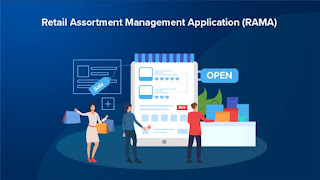Digital Disruption in Lending: How RLOS Is Reshaping Retail Finance

In recent years, the lending industry has undergone a seismic shift. What once was a paper-heavy, time-consuming process has evolved into a digitally-driven ecosystem that enables financial institutions to deliver funds to borrowers faster and at a significantly lower cost. At the heart of this transformation lies the Retail Loan Origination System (RLOS), a technological cornerstone that is redefining how banks and financial institutions (FIs) approach consumer lending. The Changing Landscape of Retail Lending Digital transformation has not just influenced but disrupted traditional retail lending. Modern consumers expect seamless, fast, and personalized experiences similar to those offered by e-commerce and digital platforms. However, meeting these expectations while maintaining regulatory compliance and data security is no small feat. Financial institutions are now compelled to adopt agile, scalable, and secure technologies to stay relevant. From a highly manual and silo...

.png)


